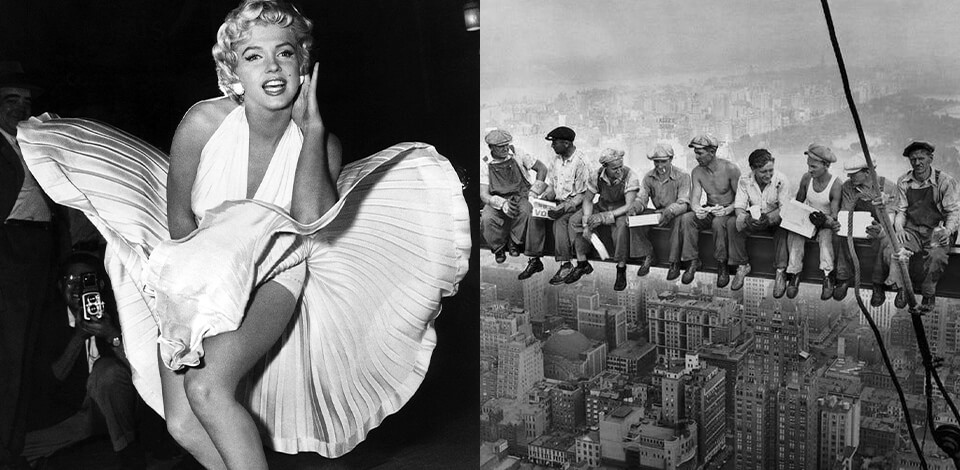
We've handpicked these famous photos because of their significant impact on history. Each of these iconic pictures has played a crucial role in molding our past and reshaping the world as we know it today. Many recognize them as the most meaningful and influential images ever taken by world-celebrated photographers.

Stieglitz, a prominent photographer from the early 20th Century, championed the idea that photography deserved the same level of recognition as painting in the world of art. His innovative contributions played a pivotal role in altering perceptions of photography. In his New York City galleries, he showcased the work of numerous top photographers of his time.
In his iconic picture "The Steerage," he not only epitomizes what he referred to as "straight photography," which provides an honest portrayal of the world, but he also offers a deeper, multifaceted perspective. This perspective conveys a sense of abstraction through the forms within a picture and how these shapes interact with one another.

The pioneer of modern photojournalism, Cartier-Bresson, inspired lots of budding street photographers. He left behind a lasting heritage, all thanks to the extraordinary spontaneity in his art, which hasn't lost any of its liveliness, vividness, or strength even after nearly a century.
Cartier-Bresson had an incredible knack for capturing unplanned moment that he called the 'decisive moment.' His talent is beautifully exemplified in his spontaneous masterpiece where a man is caught mid-air, leaping over a sizable puddle. It brilliantly seizes the dynamic motion of the unsuspecting person just before his foot lands in the water, creating a feeling of eager anticipation.
The photo eventually became one of the most famous pictures in the history. A photographer harnessed cutting-edge technologies, as well as an advanced camera, lens, and film. Therefore, he managed to skillfully capture the stark contrast between the ornate spiked fence and the somewhat blurred building in the background, all while preserving the crisp reflection in the urban setting.
What's truly fascinating is how the leaping man is also mirrored in a nearby poster, showcasing an enthusiastic dancer leaping high in the air to promote the Railowsky circus.
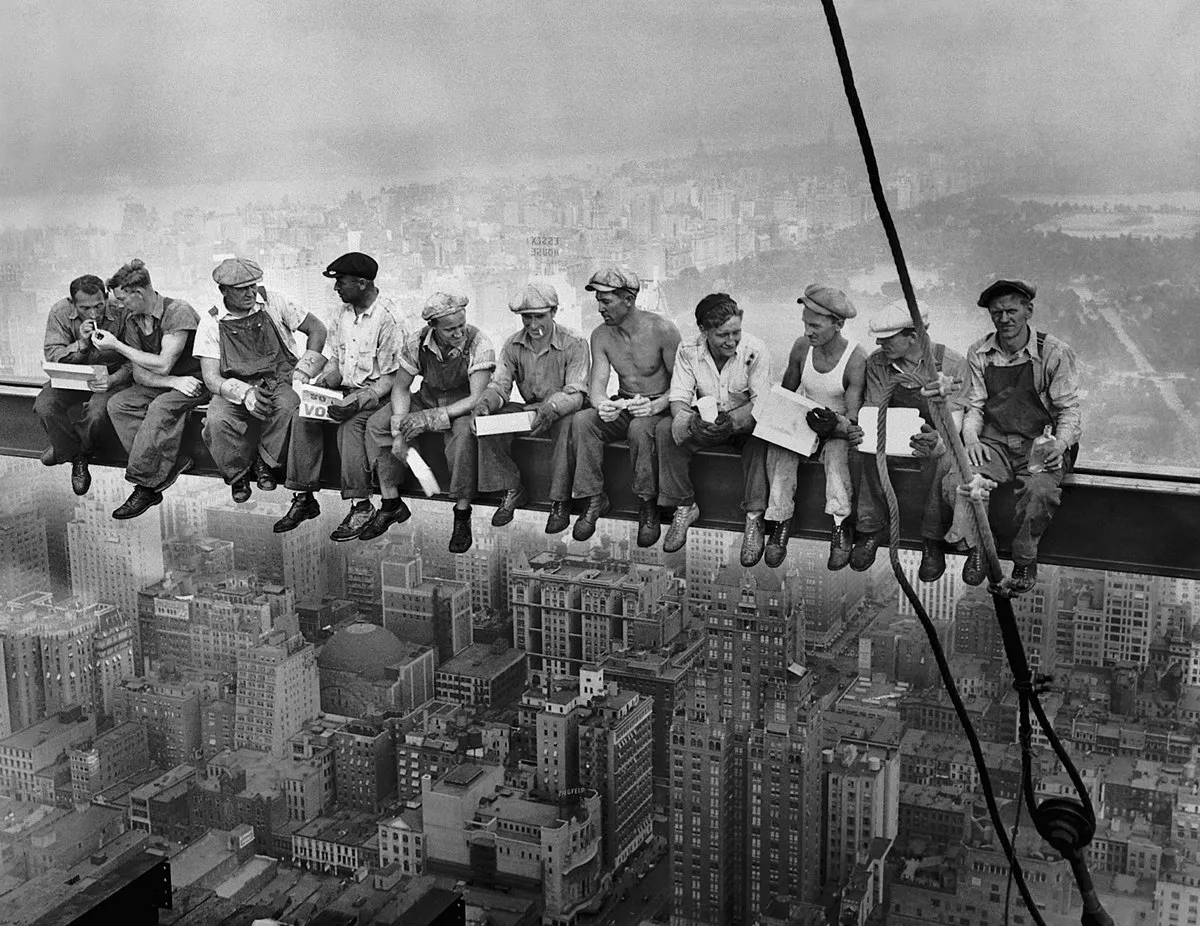
The names of the people captured in this famous photo, as well as the photographer responsible, remain a secret. This image, showing workers fearlessly enjoying their lunch break high atop a skyscraper, undeniably evokes a feeling of dizziness in the observer. But it also serves as a stark reminder of the perilous existence that those who constructed the Rockefeller Center endured.
In the early 1900s, numerous workers tragically lost their lives in fatal falls while constructing different skyscrapers.

Captured in Nipomo, California at the peak of the Great Depression, Dorothea Lange's impactful portrait was intended to shed light on and offer assistance to struggling farmers. It is one of those great photos of all time that embodies the essence of maternal compassion.
While working for the U.S. government's Farm Security Administration, Dorothea Lange took a heart-wrenching image of Florence Owens Thompson and her children. They were perched on her shoulders in a camp where people were struggling due to the pea crop failure, and the photo is brimming with a sense of anxiety and sadness.
Dorothea Lange's picture is recognized as a fundamental part of both American artistic heritage and the global photography scene. Her work has come to symbolize the challenges faced by migrant farm laborers in the midst of the Great Depression. You can find a print of her work on display at the Museum of Modern Art in New York City.
:quality(70)/cloudfront-us-east-1.images.arcpublishing.com/archetype/BUSHNXLUXNAKZDRPPAPN7KPCTM.jpg)
Sam Shere, a photojournalist, is most renowned for his 1937 photo capturing the Hindenburg airship's explosion during its return from a transatlantic journey. With only two frames left in his camera, at 7:25, when the Hindenburg unexpectedly burst into flames, he managed to capture this moment almost as if he'd pulled the camera from his pocket.
On the following day, he handed over his photograph to his colleagues at the International News Photo group. This iconic picture was published in numerous newspapers worldwide, including the front page of the New York Times.
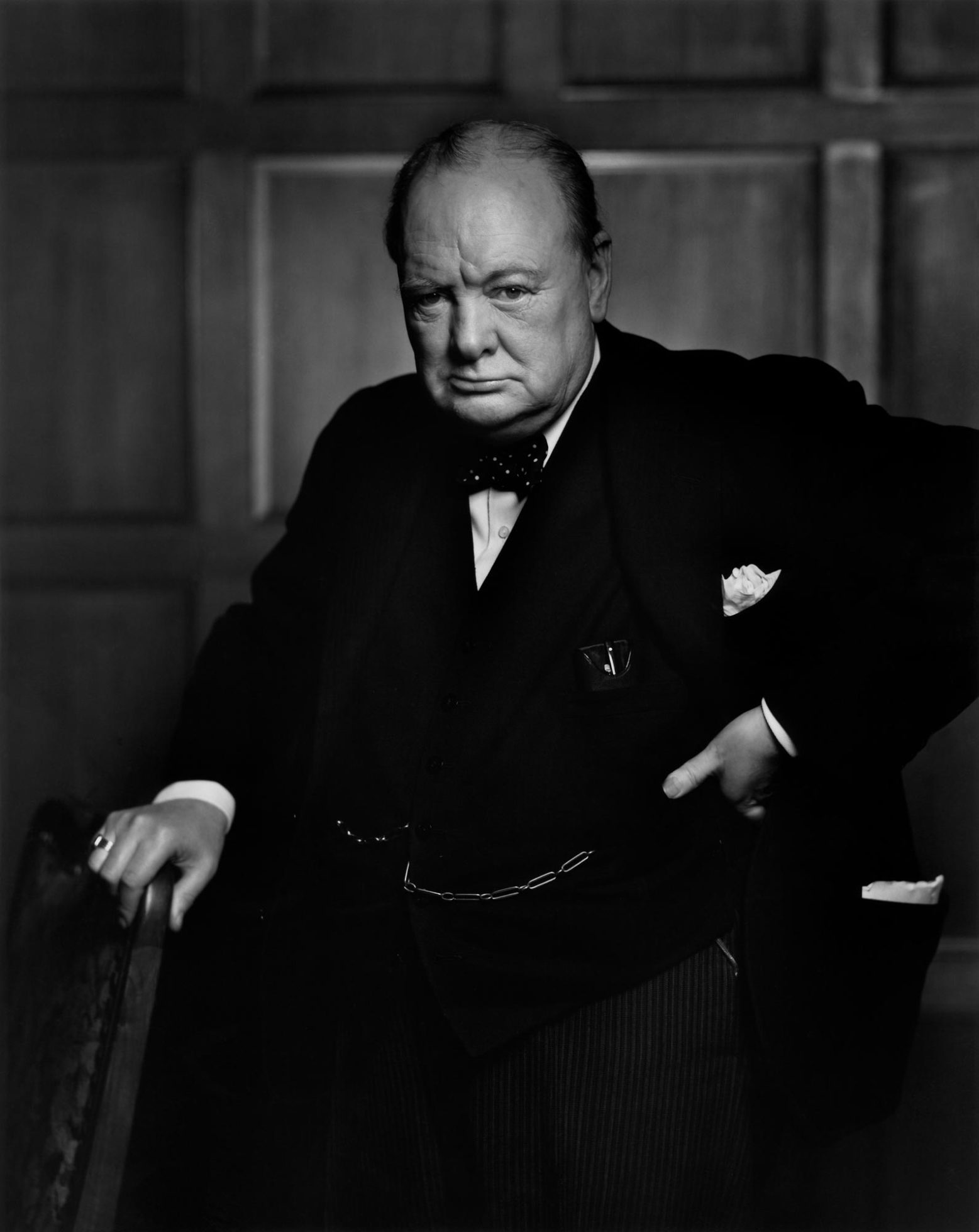
The photo of frowned Winston Churchill became a cover of LIFE magazine in May 1945. It was printed on millions of posters, post stamps and since recently – on five-pound banknotes.
Today, it is considered to be the most recognized picture of the former premier-minister and one of the most famous photos in history. The author of this photo, 33-year old Yousuf Karsh who is one of the famous film photographers of that time received $100 for it and the reputation of the portrait photography genius. To achieve it, he had to behave unconventionally.
On December 30, 1941, the British premier-minister came with a visit to Ottawa and the Canadian government hired Yousuf Karsh to shoot a portrait of the respectable guest. The shot needed to be taken right after the speech that Churchill had to deliver in front of the Parliament of Canada.

Ansel Adams' photograph of the Tetons and the Snake River was included on the list of 116 images selected for the “Voyager Golden Record” a spaceship that went into space in 1977 with the goal of presenting alien civilizations the information about the life and nature on the Earth.
Adams became world-famous after he took and presented B&W photos of the American West.
“The Tetons and the Snake River” saw the world in 1942 and became one of American iconic images in history of photo retouching.
In addition to his unique artistic vision of the composition, Adams also used his musical education, while taking this shot. So, this photo is an example of thorough understanding of technical aspects and deep knowledge of the photo printing and editing process.

Alfred Eisenstaedt's image, depicting a U.S. Navy sailor kissing an unknown woman on Victory over Japan Day (V-J Day) in Times Square at the end of World War II, has become one of the most iconic photos from the 20th century. The names of the couple in the picture remained unknown for many years until a book published in 2016 unveiled them as George Mendonsa and Greta Zimmer Friedman.
“In Times Square on V.J. Day I saw a sailor running along the street grabbing any and every girl in sight,” said Eisenstaedt. “Then suddenly, in a flash, I saw something white being grabbed. I turned around and clicked the moment the sailor kissed the nurse. If she had been dressed in a dark dress I would never have taken the picture. If the sailor had worn a white uniform, the same. I took exactly four pictures. It was done within a few seconds.”
This famous picture has become a part of mainstream culture, showing up in TV shows like "The Simpsons," the movie "Night at the Museum: Battle of the Smithsonian," and the film "Letter To Juliet," starring Amanda Seyfried. Moreover, in 2005, John Seward Johnson II showed a life-sized bronze sculpture named "Unconditional Surrender" during a re-enactment in Times Square to mark the 60th anniversary.

The photographer behind this shot is Joe Rosenthal, a Pulitzer Prize winner. The image features a moment with six U.S. Marines hoisting the American flag on Mount Suribachi in Iwo Jima. It was snapped on Friday, February 23, 1945, just five days after the Marines set foot on the island. The Associated Press, Joe Rosenthal's employer, sent this image to their member newspapers around 17.5 hours later, and it graced the front pages of many Sunday papers.
This photograph was front-and-center in a war-related poster, playing a crucial role in raising a staggering $26 billion in 1945. Surprisingly, on July 11, even before the war had officially ended, it was featured on a U.S. postage stamp. Nine years later, it served as the inspiration for the Marine Corps War Memorial in Arlington, Virginia.
As a general practice, the Pulitzer Prize Board reviews journalism that was published in the year just before for their awards. However, they decided to break with tradition for Rosenthal's photograph, and within just a little over two months after he snapped it, they honored him with the 1945 Photography Prize.

Margaret Bourke-White, a renowned female photographer of the 20th century, photographed Gandhi on several occasions. She's particularly renowned for a powerful image taken two years prior to his passing.
This striking image made its debut in the pages of the American magazine Life. After Gandhi's assassination on January 30, 1948, Bourke-White's Gandhi photographs soared in value and secured a significant spot in the history of art.

This portrait of the surrealist artist Salvador Dali, hov12. Albert Einstein - Arthur Sasse (1951)ering in the air, was shot by an American photographer of Latvian origin Philippe Halsman long before modern computer editing technologies appeared. Today, this photo can be quite easily recreated in Photoshop, but, as you know, in 1948, these technologies were not available.
Dali Atomicus’ picture reveals the idea of zero gravity, depicting three cats flying in the air, a splash of water, an easel and Salvador Dali himself - they all seem to hover in the frame.
The name of the photo refers to Dali’s work Leda Atomica, which you can see on the right, behind the cats. Halsman said it took 28 attempts before he was pleased with the result.

Einstein, recognized as one of the most influential physicists in history, is celebrated for his groundbreaking work on the theory of relativity. Arthur Sasse managed to take a playful portrait of the scientist, which has become one of the most famous photos depicting this German-born genius.
Back in 1951, Albert Einstein turned 72, and he decided to celebrate at The Princeton Club. As people inspired him to give a smile looking at the camera, he playfully stuck his tongue out without a second thought. Fortunately, Arthur Sasse was right there to capture that memorable moment, while the other photographers surrounding the car completely missed it.
The photo didn't present Einstein as the serious scientist many expected; instead, it revealed a playful and eccentric side, like a friendly professor. People started to view Einstein as a more jovial person, which he seemed to enjoy since he requested nine copies of the photo. Interestingly, a signed print from this collection fetched a staggering $72,300 at auction, making it the most expensive Einstein photograph ever sold.

The next shot on this list of famous photos that changed the world is a picture of Cuban revolutionary Che Guevara. It was taken by Alberto Korda the day after a ship had exploded in Havana Harbor, which caused multiple deaths of the crew and dockworkers.
Korda was covering the funeral in Revolución newspaper and concentrated on Fidel Castro who angrily accused the USA of initiating the explosion. At that moment, two pictures of Che Guevara that he took seemed irrelevant and the newspaper refused to publish them.
However, after the death of Che Guevara that lead to the guerrilla movement in Bolivia almost seven years later, the Cuban regime accepted him as a martyr for the movement. This made Korda’s photo of Che Guevara wearing a famous beret the main symbol of this movement.
Soon, this picture was recognized by artists, causes and advertisers from the whole world. It was placed everywhere, including protest art, underwear, soft drinks, etc.
The shot has become the cultural symbol for rebellion and one of the most famous and reproduced photos in the history that has been influential ever since.
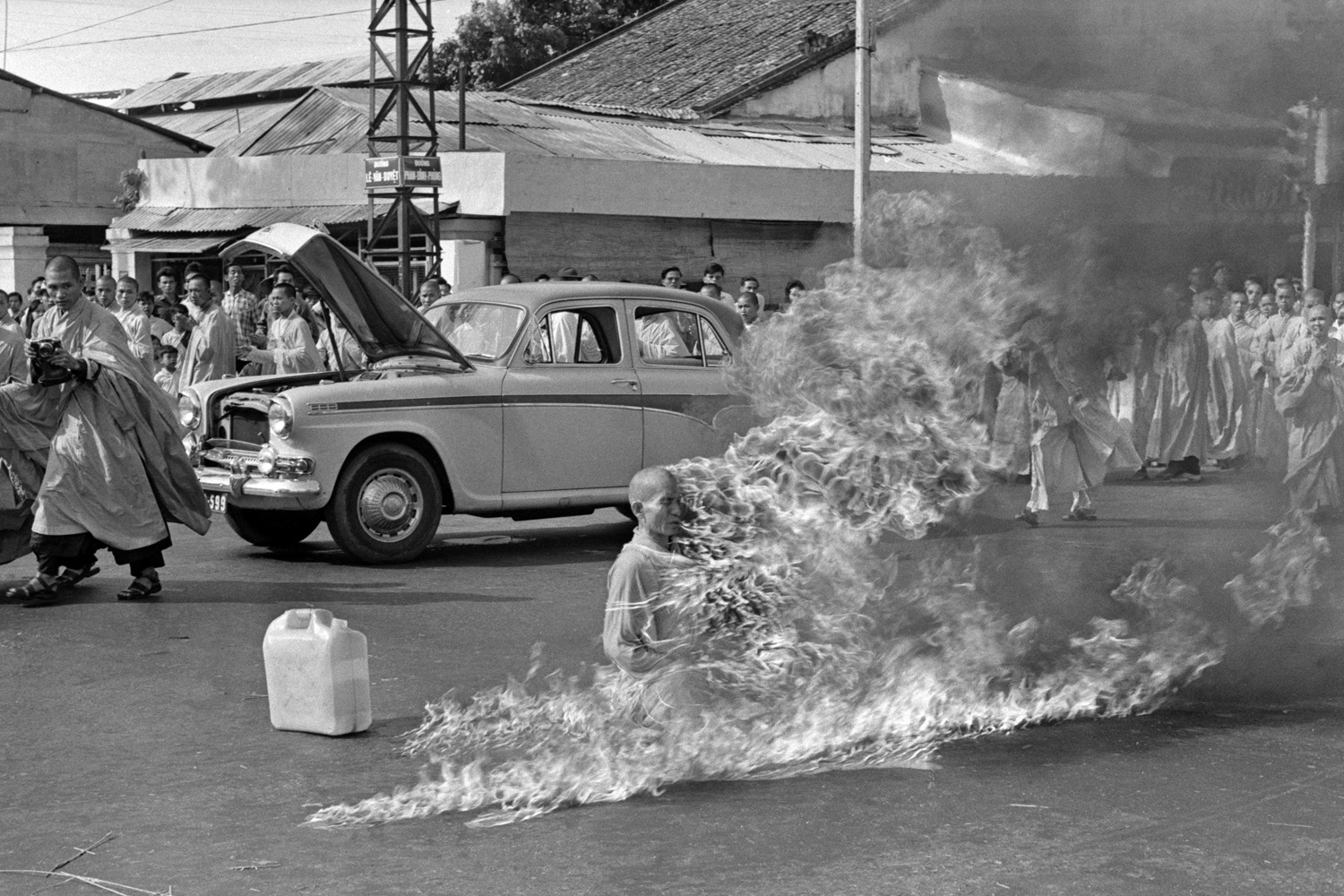
This is one of the most iconic photos that help attract attention to the heartbreaking consequences of the Buddhists oppression in Vietnam. In the photo, you can see the last minutes of Thich Quang Duc’s life, immolating himself on the Saigon street.
Malcolm Browne was there at that time and understood that protests against the regime of their President Ngo Dinh Diem would lead to horrible events. Once he saw 2 monks doused an old man with gasoline and understood what would happen.
The martyrdom of the old monk was the symbol of the insecurity and instability of his nation.
President Kennedy admitted that this famous historical photo made people doubt the correctness of American actions related to Diem’s government and encouraged them not to interfere with a coup in November.

Harry Benson is a photographer from Glasgow who wasn’t planning on shooting the Beatles. The Beatles were at the peak of fame and he witnessed it. He took a famous pillow fight photo in a fancy George V Hotel on the night when the Beatles found out that their hit “I Want to Hold Your Hand” had become No. 1 in the U.S. chart.
This iconic photograph shows energetic and talented John, Paul, George and Ringo, who were enjoying probably the last moment of their wild innocence.
This shooting made Harry Benson one of the most famous photojournalists in England and the USA. His photo “The pillow fight” taken in 1964 at the Parisian George V hotel was included in the list of “100 most influential images of Time magazine”.
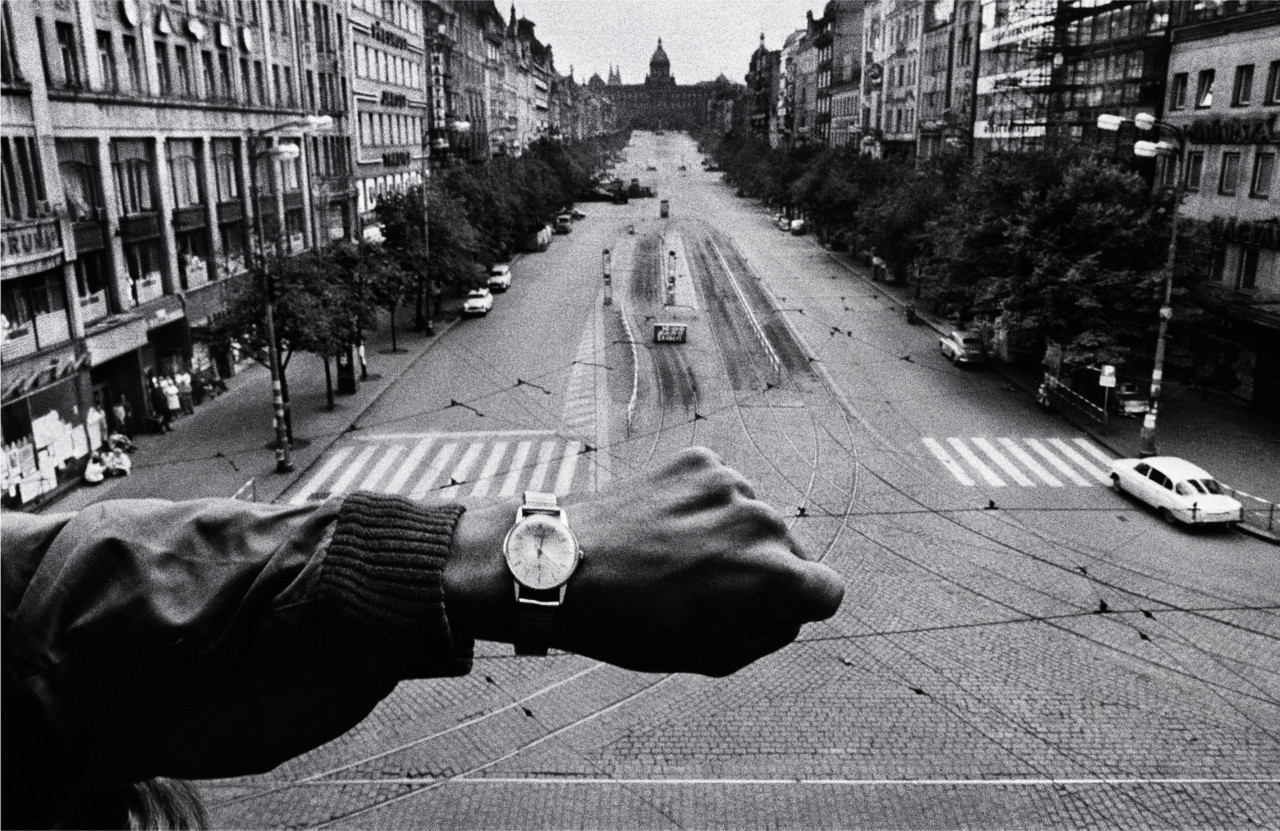
During the first seven days of the Warsaw Pact invasion of Czechoslovakia in August 1968, thirty-year-old Josef Koudelka took a unique series of photographs, which was later secretly exported from the country.
The Magnum Photos agency published his photographs in many international magazines on the first anniversary of the invasion in 1969, without indicating the authorship.
The same year, Koudelka received a prestigious award: Overseas Press Club awarded the “anonymous Czech photographer” with a gold medal. Only in 1984, after the death of his father and at a time when the threat of reprisals for his family was over, he admitted for the first time that he was the author of those famous images.

Astronaut William Anders snapped the iconic Earthrise photo while aboard Apollo 8, the first manned mission to circle the Moon. Before he could get his hands on the right color film, mission leader Frank Borman captured a black-and-white version where the Earth's edge met the horizon. Interestingly, the land formations and cloud patterns in this black-and-white famous photo perfectly match those in the world-known color image titled Earthrise.
Back in the days before digital technology, they had to wait 5 days till they returned to Earth, recovered the film and developed it. Then, when the New Year edition of Life magazine came out, they featured the photo across a two-page spread.

Nick Ut, the photographer behind the haunting image of nine-year-old Phan Thi Kim Phuc running toward the camera in agony after an accidental South Vietnamese plane bombing, once stated, " The horror of the Vietnam War recorded by me did not have to be fixed." In that tragic moment, her clothes were burned off, and she suffered severe burns.
Ut made sure the girl received life-saving treatment before he shared this photo that changed the world. It vividly conveyed the grim realities of the war and fueled the increasing anti-war sentiment in the United States. It was featured on the front pages of newspapers, which highlighted how newsworthy and significant it was.
This iconic picture brought Ut global fame and a heap of awards. Among them were the 1973 Pulitzer Prize for Spot News Photography, the 1973 World Press Photo of the Year, and the National Medal of Arts, which is the highest honor given by the federal government to artists and supporters of the arts.

Photographer Annie Leibovitz had to photograph John Lennon for the cover of Rolling Stone. After several attempts to make a portrait, as it was originally intended, the musician insisted on a group photo with his wife, who refused to be naked in front of the camera.
It became an iconic photograph because this shot, taken by Leibovitz, was the last professional image of the musician. John was killed near his apartment a few hours later.
Annie Leibovitz demonstrated a great talent and become one of the top portrait photographers.
She is still engaged in shooting famous people and her works are featured on the pages of the world’s best photography magazines.
The cover of National Geographic from June 1985 became the most popular one throughout the entire history of the magazine. The author of the shot is Steve McCurry, a photojournalist from National Geographic.
He took this picture in 1984 when gathering the material about the Soviet-Afghan war. McCurry’s job was to cover the situation with refugees and there were a lot of them on the Afghan-Pakistan border.
This is one of the most iconic photographs in the world and it was taken on color film without additional lighting. Only after returning to Washington, when developing the film, McCurry understood how wonderful that picture was. Later, in 2002, he described it as one of those incredible, amazing moments in his work when everything goes as it should.

This is one of the most famous images that demonstrate the capabilities of new photography, namely the ability to capture a second. These frozen-in-motion photographs are the first of their kind.
Edgerton is the first person to use a stroboscope, or strobe light, to illuminate objects in motion. In this photo he was able to catch the flight of an insect, and also Harold Edgerton for several years to make a drop of milk look perfect in a picture.
He is also known for photographs depicting a bullet piercing an apple or an exploding balloon. However, “Milk Drop” remains the proof that photography can be a masterpiece.

This photo was taken on the 5th of June 1989 from the balcony of the Beijing Hotel. One day earlier there happened the terrible Tiananmen Square massacre, resulting in many deaths of pro-democracy demonstrators. He managed to take several images of injured people and scorched buses, when the column of tanks started moving out of the plaza.
The moment Widener focused his lens on the tanks he saw a man stepped in front of the war machines. The man was persistent blocking tanks’ path and Jeff thought that there would be one more tragic death. Fortunately, the man was whisked away, but Widener managed to capture the moment that would later become a symbol of resistance to unjust regimes in different parts of our planet.

This image was also recognized with a Pulitzer Prize not only for its profound societal influence but also for the ethical dilemmas it brought to the forefront.
Back in 1993, South African photojournalist Kevin Carter went to Sudan to document the famine. His photograph of a frail child on the brink of collapse, with a vulture looming nearby, not only incited public outrage due to the horrifying subject matter but also triggered a wave of criticism aimed at the photographer himself. Many questioned his choice to photograph the child instead of offering immediate assistance.
The events of that day, along with the subsequent criticism, stayed with Carter and tormented him until he tragically ended his own life in 1994. It's important to clarify that the child's mother was reportedly right there, and the child was never at risk of being harmed by the bird. Besides, Carter used a longer telephoto lens which can create the illusion of a more compressed scene, making the bird seem closer to the child than it actually was.

NASA has spent 7 years and billions of dollars designing and constructing the Hubble Space Telescope, which produced many invaluable shots. Among the latter, of course, is the “Pillars of Creation”.
The photograph shows clusters of interstellar gas and dust in the Eagle nebula in the Serpens constellation, located at a distance of about 7 thousand light years from the Earth. Some scientists believe that a cloud was formed as a result of the supernova explosion that occurred about 6 thousand years ago.
If the theory is true, then the “Pillars of Creation” themselves no longer exist, but because of the speed of light, we will be able to observe their destruction in a thousand years.

Photojournalist Brent Stirton took this photo in 2007 in the Democratic Republic of the Congo. The main purpose of the trip was to show the wildlife and protection of the silver burned brave rangers.
This report is primarily about the Karo tribe. As you can see, in the pictures, many Aborigines stand with a Kalashnikov in their hands. Local residents explain that this is for self-defense, they are often attacked by bandits and poachers, trying to take them into slavery or seize property.

When the Vancouver Canucks lost to the Boston Bruins at a home game 7 of the Stanley Cup Finals, the city got crazy and crushed that place. That rebellion didn’t stop until late night and cost $5 million of damage and 140 injured people. However, in the middle of that mess, street photographer Rich Lam took a photo of a kissing couple.
The man in the picture was an Australian Scott Jones and the woman was his girlfriend, a Canadian Alex Thomas. He approached her in order to take care when she got knocked to the ground by the police. It’s worth mentioning that this picture became popular all over the world and now is one of the most famous images in history.